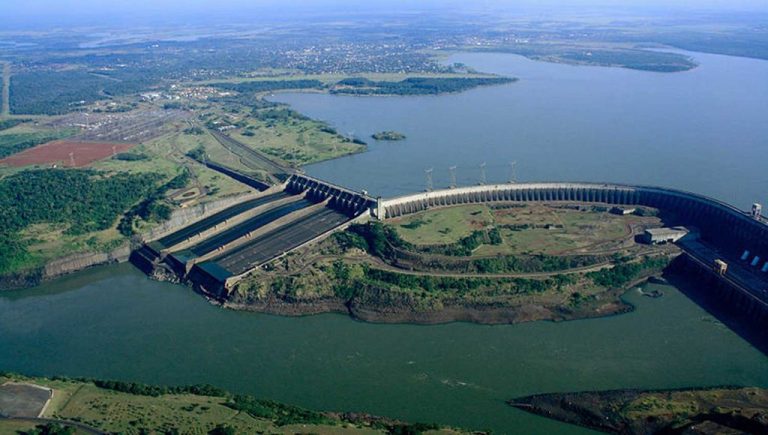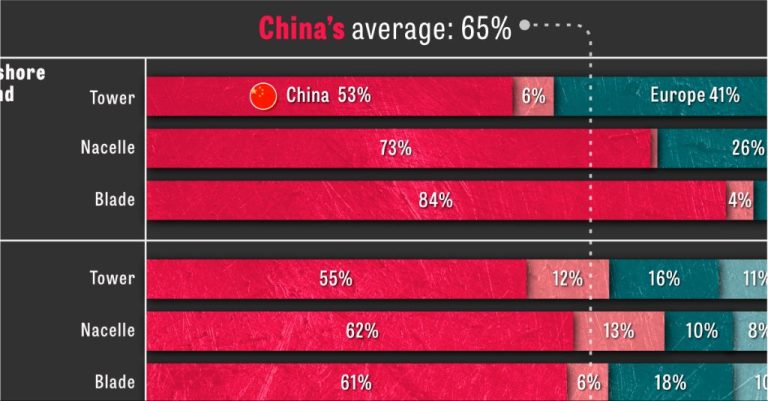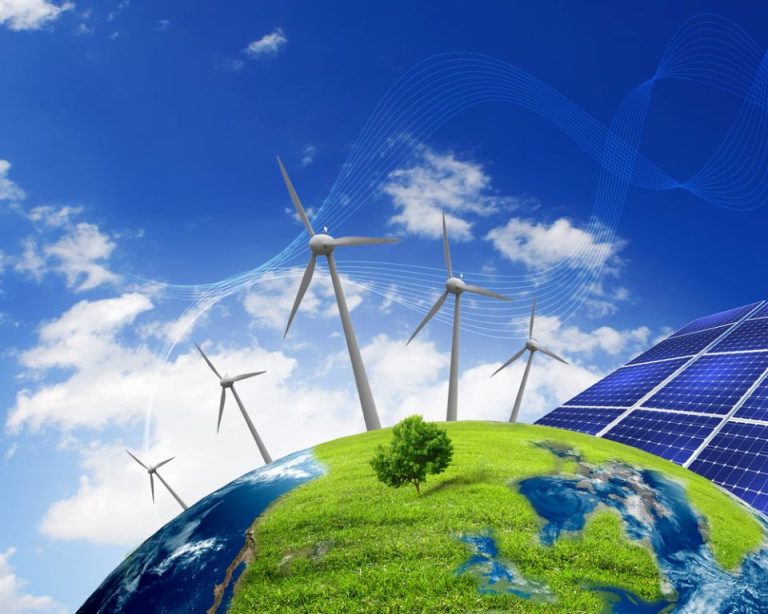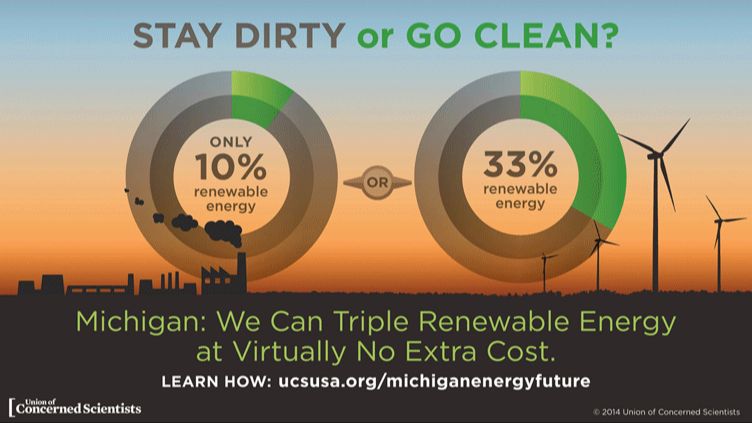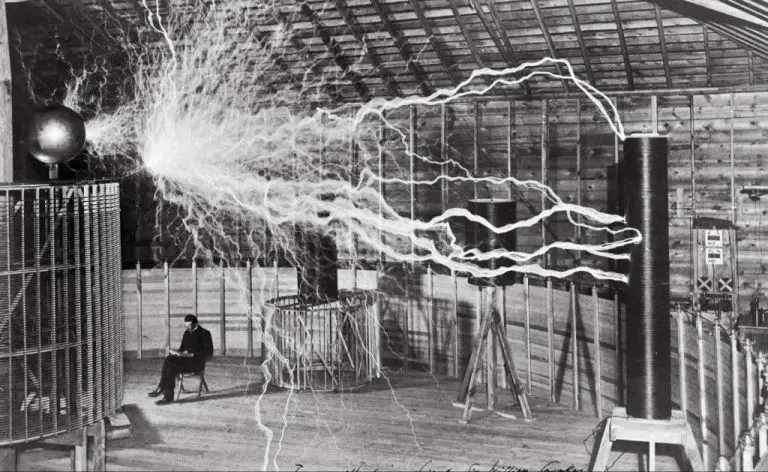How Safe Is Nuclear Power?
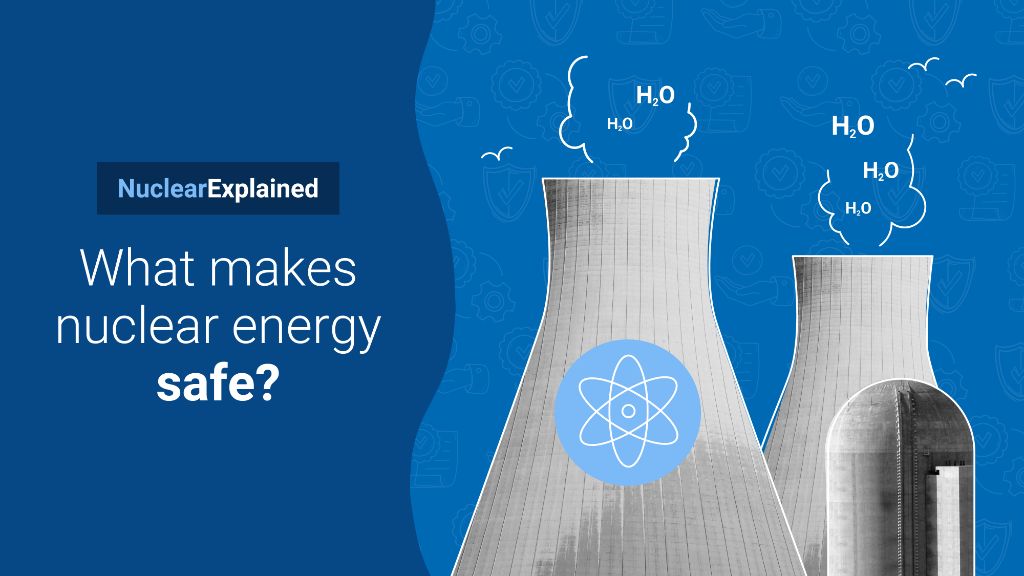
Nuclear power generates electricity using energy released from the nucleus of atoms through nuclear fission. Over 440 nuclear power reactors provide about 10% of the world’s electricity. Proponents argue nuclear power produces clean, reliable baseload electricity to the grid with life-cycle emissions comparable to renewable energy. However, nuclear power remains controversial given concerns around reactor accidents, radioactive waste, and potential nuclear proliferation. The safety of nuclear power is hotly debated between advocates and critics.
This article examines the risks and security measures involved with nuclear power. It analyzes the safety record of nuclear reactors, waste storage, and the industry’s regulation. The goal is to provide an objective look at the real risks of nuclear power and how they compare to other energy sources.
Nuclear Power Basics
Nuclear power plants work by using the heat generated from nuclear fission to produce steam, which then spins a turbine to generate electricity. Fission occurs when atoms like uranium or plutonium are split apart. This splitting releases a large amount of energy in the form of heat. The fission process is initiated and controlled in nuclear reactors, which contain fuel rods made from enriched uranium pellets. Control rods regulate the rate of fission. As fission occurs, the fuel rods heat up. This heat is used to boil water, producing steam that turns the turbines. Modern nuclear plants use this steam cycle to generate power, just like fossil fuel plants, except the steam is produced from the heat of fission rather than burning coal or natural gas.
Nuclear fusion is a different process that combines light atoms like hydrogen to form heavier ones like helium. Fusion releases even more energy than fission but has not yet been successfully harnessed in power plants. All operating nuclear reactors today use fission, not fusion.
Uranium is the predominant fuel for nuclear energy because its atoms are easily split apart. Uranium has several important properties that make it ideal for power generation, including its high energy density, relative abundance, and low fuel costs. Enriching natural uranium increases the concentration of the uranium-235 isotope, which is necessary to sustain the fission chain reaction.
Sources:
https://www.energy.gov/ne/articles/nuclear-101-how-does-nuclear-reactor-work
https://www.nrc.gov/reading-rm/basic-ref/students/science-101/how-does-nuclear-power-plant-make-electricity.html
Radiation Risks
Nuclear power plants use fission to generate energy, which produces ionizing radiation. Ionizing radiation has enough energy to potentially cause damage to DNA and cells, which can increase cancer risk. The main types of ionizing radiation produced during nuclear fission are alpha particles, beta particles, neutrons, and gamma rays.
At very high doses, ionizing radiation can cause acute health effects like skin burns, nausea, vomiting, headaches, and even death. However, the doses near nuclear plants are much lower. At these lower doses, the main health concern is increased cancer risk over many years. The risk varies depending on the amount of exposure. Studies of nuclear workers show evidence of increased leukemia, thyroid, lung, and other cancers after prolonged radiation exposure (1).
To limit radiation exposure, nuclear plants have strict monitoring and safety measures. Workers wear dosimeters to measure exposure. Contaminated areas are shielded and access is restricted. Ventilation systems filter the air. Plants are designed with multiple barriers and backups to prevent radiation release. Though not completely risk-free, these precautions minimize radiation exposure to workers and the public (2).
Reactor Safety
Nuclear reactors are designed with multiple layers of safety systems and procedures to prevent accidents and minimize consequences in the unlikely event of malfunctions, according to the World Nuclear Association. This “defense-in-depth” philosophy involves successive barriers to prevent radiation release.
Most nuclear plants have emergency core cooling systems that can flood the reactor with water in the case of an accident, according to the Wikipedia article on nuclear reactor safety systems. These systems include high-pressure water injection pumps, auxiliary feedwater systems, and emergency diesel generators for backup power. The systems are designed with redundancy so there are multiple ways to provide emergency cooling.
Containment buildings made of steel and concrete also protect against radiation leaks, according to the Canadian Nuclear Safety Commission. These buildings surround the reactor and associated components. Air tight containment structures are designed to withstand damage from external events like airplane crashes, earthquakes, and explosions.
Nuclear Accidents
There have been two major nuclear accidents – the 1986 Chernobyl disaster in Ukraine and the 2011 Fukushima Daiichi accident in Japan. The Chernobyl accident was caused by a flawed reactor design and human error during a safety test that led to an uncontrolled nuclear chain reaction. The accident destroyed the reactor and released substantial amounts of radioactive contamination into the environment that spread over much of Europe [1]. Fukushima was triggered by the Tōhoku earthquake and tsunami which resulted in three nuclear meltdowns, hydrogen explosions, and the release of radioactive contamination.
These accidents have had significant impacts regionally but less severe global impacts than widely feared. The Chernobyl accident directly caused around 30 deaths from acute radiation sickness and induced cancer in thousands more exposed to radiation. The United Nations in 2018 estimated around 4,000 eventual cancer deaths from Chernobyl exposure [2]. No direct deaths have been attributed to radiation exposure from the Fukushima accident but over 100,000 residents were evacuated from the area.
Nuclear accidents have led to improvements in reactor design, containment procedures, emergency responses, and safety culture. New reactor designs incorporate passive safety features that don’t require emergency power or human intervention to prevent accidents in the event of malfunction. International organizations have established improved nuclear safety guidelines and standards to help prevent future accidents.
Waste Storage
After spent nuclear fuel is removed from a reactor, it is initially stored in pools of water for approximately 5 years to allow decay of heat and radioactivity. The water provides shielding from radiation. Once cooled, the used fuel may be transferred to robust concrete and steel casks for interim storage (World-Nuclear Association, 2023).
For long-term disposal, most countries plan deep geological disposal facilities consisting of a network of underground tunnels and rooms to isolate waste over long time periods. The US has proposed a permanent underground repository at Yucca Mountain, Nevada, but it has not yet been licensed or built (World-Nuclear Association, 2023).
Concerns around nuclear waste storage include the potential for leakage from storage pools or casks, possibility of unauthorized access, and the lack of permanent disposal sites in most countries. However, engineering and security measures aim to minimize risks, and geological repositories are designed to safely contain waste for extremely long periods if constructed properly (NEI, 2023).
Security and Proliferation
To prevent the spread of nuclear weapons and technology, there are stringent controls on nuclear materials through international treaties and domestic regulations. The main one is the Nuclear Non-Proliferation Treaty (NPT), which most countries have signed. It aims to prevent the spread of nuclear weapons and technology, promote peaceful uses of nuclear energy, and further the goal of disarmament.
Within the US, the Nuclear Regulatory Commission (NRC) oversees security regulations for nuclear facilities. Power plants have stringent security measures including robust structures, perimeter fencing, armed guards, surveillance systems, access controls, and background checks. The plants must be able to defend against threats like cyber-attacks, insider sabotage, and terrorist attacks using vehicles, explosives, and weapons.
After the 9/11 attacks, nuclear security was further strengthened. Enhancements included increased patrols, augmented security forces and capabilities, additional barriers, improved coordination with law enforcement and military authorities, and more restrictive site access controls (NRC). With constant vigilance and evolving tactics, nuclear plant security aims to deter and defeat potential attacks.
Regulation and Oversight
The nuclear power industry is highly regulated for safety. In the United States, the main regulator is the Nuclear Regulatory Commission (NRC). The NRC was created in 1974 to take over the regulation of the nuclear energy industry from the Atomic Energy Commission (About NRC). Its mission is to “license and regulate the Nation’s civilian use of radioactive materials to provide reasonable assurance of adequate protection of public health and safety, and to promote the common defense and security” (Agencies – Nuclear Regulatory Commission). The NRC regulates all aspects of nuclear reactors from siting and construction to operation, maintenance, and security.
The NRC’s authority comes from the Atomic Energy Act of 1954 (Governing Legislation | NRC.gov), which gives it control over licensing and regulation of nuclear facilities and materials. This allows the NRC to set safety standards, issue licenses, inspect facilities and operations, and enforce regulations. The agency continues to evolve and update regulations in response to new knowledge and operating experience.
At an international level, the International Atomic Energy Agency (IAEA) works to promote safe nuclear use through standards and guidance documents. The IAEA Safety Standards provide a system of principles, requirements, and recommendations to ensure nuclear safety. Many national regulators, including the NRC, have adopted the IAEA standards. The nuclear industry also engages in self-regulation through organizations like the Institute of Nuclear Power Operations (INPO), which conducts safety reviews and promotes best practices.
Comparative Risk
When comparing the risks of nuclear power to other energy sources, nuclear comes out quite favorably in terms of safety. According to data from Our World in Data, nuclear energy results in 0.07 deaths per terawatt-hour (TWh) of electricity production, lower than any other energy source including wind, hydro, and solar [1]. Coal has by far the highest death rate at 24.62 per TWh, over 300 times higher than nuclear. Oil follows at 18.43 deaths per TWh.
Nuclear also compares well in terms of environmental impact. Reactors produce no greenhouse gas emissions during operation, and have a far smaller land footprint than renewables. The average nuclear plant generates over 1,500 MW on less than 1 square mile of land. Comparatively, a wind farm would require over 360 square miles to generate the same capacity [2]. While concerns remain over nuclear waste storage and proliferation risks, the lifecycle impacts are quite small compared to fossil fuels.
Conclusions
In summary, there are risks associated with nuclear power, as with any energy technology, but the track record over the past 50 years shows it is far safer than many other energy sources. The three major nuclear accidents – Three Mile Island, Chernobyl, and Fukushima – resulted in surprisingly few direct deaths, especially compared to the number of people killed each year by fossil fuels. Though the risk of a reactor meltdown or radiation release cannot be fully eliminated, modern reactor designs are extremely safe with multiple passive safety systems. Waste storage has proven to be technically manageable in the short term via water pools and casks, and no long-term geological repositories have opened yet but options exist. The dual-use risk of proliferation is real but can be addressed via policy, oversight and technology like thorium-fuelled reactors. Overall, nuclear power remains controversial but provides a low-carbon energy source that many experts argue will need to play a role in decarbonizing the world’s energy supply. There are risks to balance against the benefits, but a fair assessment points to nuclear being much safer than commonly perceived.

